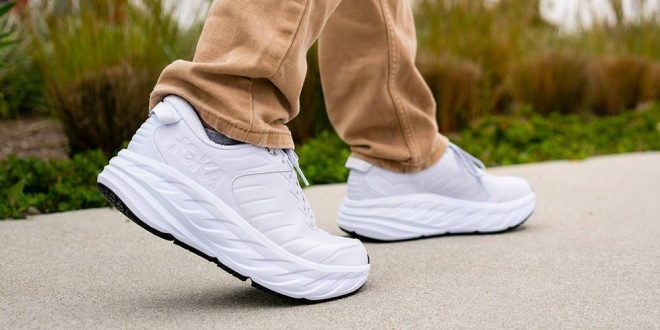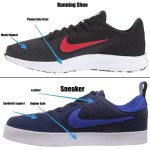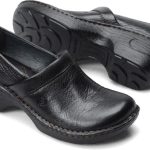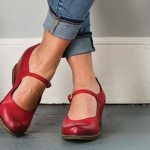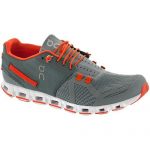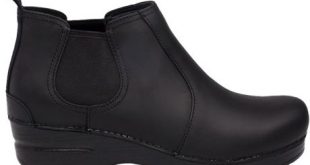Are running shoes good for walking? Shouldn’t you be walking in walking shoes rather than running shoes? The answer is that certain running shoes, though not all, are suitable for walking. Walking shoes and running shoes have several characteristics that make them excellent for physical activity. Running shoes are made to withstand the punishing demands of running. As a result, they may also be utilized for walking.
Running and walking may appear to be similar, but they are completely distinct sports that need their specific footwear. Running is a high-intensity activity. As you walk, your body weight impacts the earth 1.5 times; but, when you run, your body weight impacts the earth 3 times.
So there is a distinction to be made between walking and running shoes. And we’ll go over all of the similarities and differences between running shoes and walking shoes in this article. So that we can determine whether or not running shoes are good for walking.
Difference Between Walking and Running
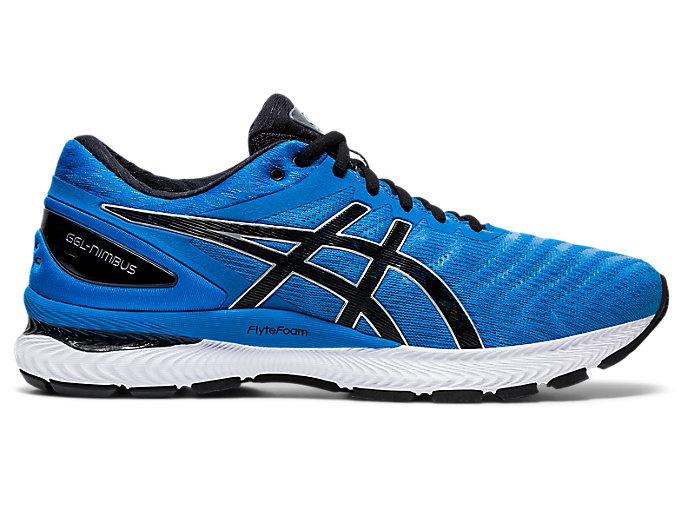
Let’s take a moment to discuss the biomechanics of walking vs. running before we get into shoes. The basic distinctions in this area have a significant impact on how shoe firms create shoes.
Runners and walkers make varying contact with the ground. Part of a runner’s running stride involves both feet being off the earth. They descend on their heel first or the sole. Their feet and legs bear 2 to 3 times their body mass. A runner’s body is subjected to tremendous stress and strain.
When compared to walking, this isn’t the case. Walkers usually land on their heels and then slide forward to their toes. When walking, more effort is exerted, although it is nearer to 1 to 2 times bodyweight as opposed to 2 or 3 times when running. When walking, one foot is constantly on the earth, distributing weight more equally over the whole foot.
Walking Shoes VS Running Shoes
Because the demands of a walker vary from those of a runner, the conventional design of walking and running shoes differs. Experts recommend paying special attention to the flexibility, weight, and cushioning of your shoes.
Cushioning
Runners require more cushioning in the forefoot and then as compared to walkers since they contact the floor with 3 times their body mass every stride, but walkers just hit with one and a half times their body mass. That is why air cushioning systems in their shoes are so popular.
Walkers, on the other hand, do not require more forefoot cushioning and can usually manage with little heel cushioning. Extra padding adds to the overall weight.
Weight
The weight of a shoe has an immediate effect on the user’s pace. Running shoes are generally lighter than other types of shoes, making quick moves simpler. Walking shoes, on the other hand, are often heavier, which aids in maintaining stability when walking. Running shoes, on the other hand, encourage quicker motions, whilst walking shoes encourage a slower, more constant, and consistent speed.
Heel Height
Running shoes with a constructed heel offer stability to runners. Runners hit the ground with various areas of their foot, based on their preference. The front section of their heels, the Taft, or the ball of their foot can all be used to contact the ground.
Walkers, on the other hand, land on their heels and glide through the stride. They don’t require a higher heel.
Heel Flare
A flared heel in running shoes can give greater stabilization for runners who land on their forefoot or midfoot. Trail running shoes frequently include a flared heel.
Walkers’ heels contact the earth, and a flared heel makes it difficult to roll forward during the stride.
Flexibility
Runners and walkers require adequate shoe flexibility, but where it is located is crucial. The capacity of a shoe to move with you is determined by its flexibility. The midfoot or arch of most running shoes is more elastic, which supports the runner’s continual hit a ball of their foot. Walkers require strong arch flexibility as they press off with their toes.
To put it another way, walking shoes lack the flexibility in the shoe sole that walkers require for continuous heel-to-toe motion. Walkers who lack arch flexibility risk stretching and inciting the plantar fascia ligament, which can be extremely agonizing.
Qualities That Make Running Shoes Good For Walking Too
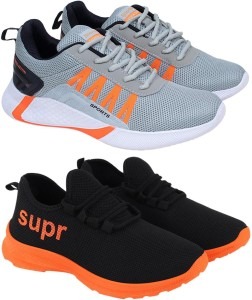
Running shoes have the same characteristics that make them wonderful for walking:
• Lightweight mesh or knit uppers ventilate effortlessly to keep you comfy
• Cushioned midsoles absorb impact
• Lacing systems ensure a snug fit
• Long-lasting materials that may be used for hundreds of miles
Is It Better to Walk in A Running Shoe or Not?
While it isn’t ideal, it does sound right for some. The most crucial factor is your general comfort, which differs from individual to individual. So, if you’ve discovered that walking in running shoes is beneficial to you, be sure to take the appropriate measures to avoid injury.
The most important advice is to ensure the shoes are well-fitting and comfy. Arch support can also be added to your running shoes to assist avoid arch discomfort that comes with time while you walk.
Whenever it comes to walking, though, minimalistic footwear should be avoided like the plague. It’s said that these styles of running shoes provide relatively little stress absorption when walking.
Whether you choose a running or walking shoe, pay attention to how you feel during your stroll to make sure it meets your requirements. Also, after 300-400 miles, or every 4 to 6 months, change your walking or running shoes. Your shoes, like automobile tires, need to be replaced after a certain number of miles of excessive wear.
Conclusion
Are running shoes good for walking? So, after all of this debate, we’ve come to the conclusion that the answer to this often asked question is YES, but they shouldn’t be your first focus. Walking and running, as we all know, are two quite distinct activities that demand very different amounts of effort and energy. As a result, distinct shoes have been created for both. Walking shoes are designed for walking while running shoes are designed for running.
Walking in running shoes is possible in some conditions, but it is not recommended.
 Nursing Trends
Nursing Trends
